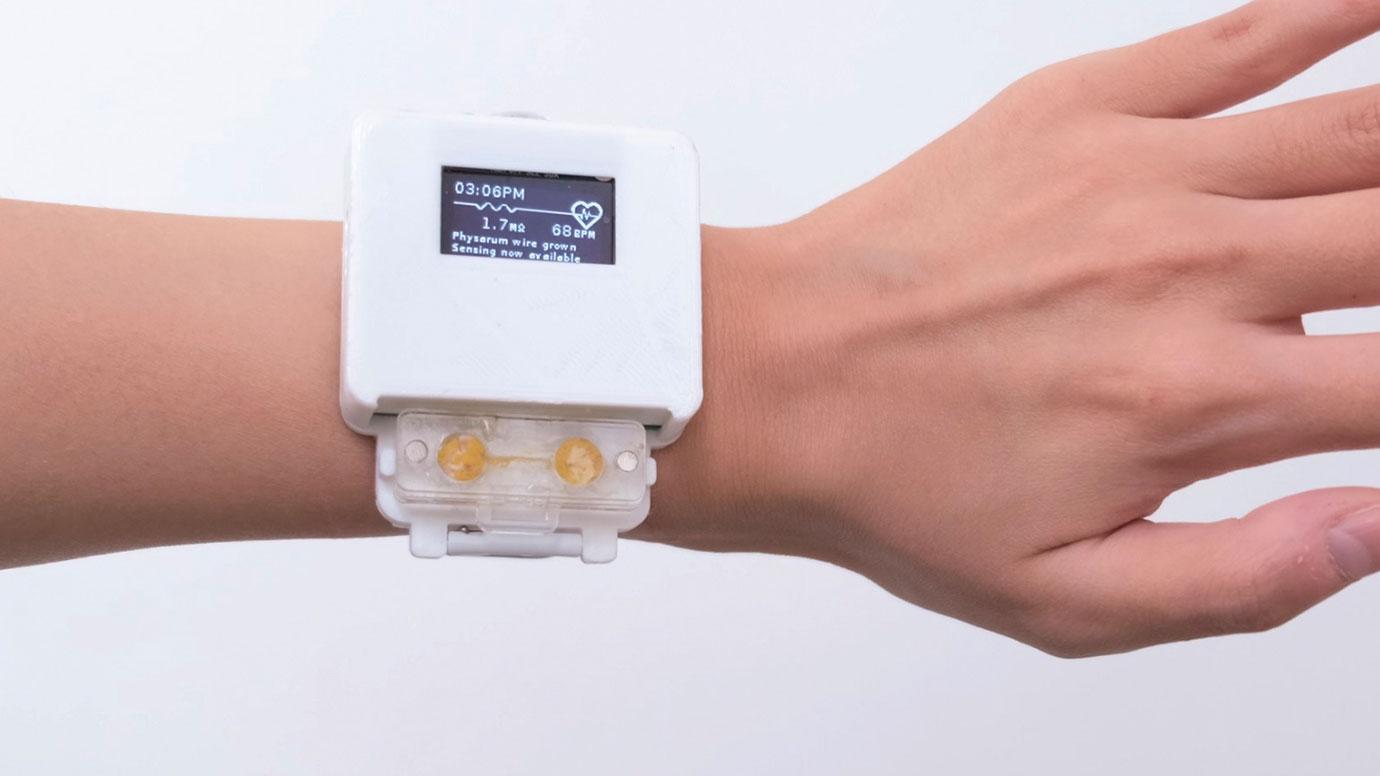Researchers at the University of Chicago say they have created a watch powered by slime mold that needs to be fed and maintained to work. The Tamagotchi-like device aims to help address rising levels of electronic waste by changing the fickle relationship consumers have with their electronic devices by bringing them to life, such as quickly discarding and replacing them without a second thought.
Using a single-celled organism known as a "slime fungus" that conducts electricity, the researchers created a watch that only works when the organism is healthy and requires the user to provide it with food and care. The researchers then tested how this living device affected the user's attitude towards technology, turning the usual one-way service into a mutually beneficial partnership.
Also Read: 2022’s Fastest Growing Brand Announced
When the organism is not nourished, it can also enter a state of sleep

Asst. Prof. Pedro Lopes' Human-Computer Integration Lab.
Watches are designed and built to tell the time and measure the wearer's heart rate. However, the latter function also depends on the health and unique properties of Physarum polycephalum, a slime mold species sometimes called "blob" for its rapid growth, durability and interesting maze-solving abilities. The organism is housed in an enclosure on the clock. The user must also feed it regularly with a mixture of water and oats to keep it growing. When the slime mold reaches the other side of the housing, it creates an electrical circuit that activates the heart rate monitoring function. The organism can also enter a dormant state when it is not fed. This allows it to revive after days, months or even years.
Details about the Researchers and Participants in the Study

After the watches were made, the researchers conducted a study with five participants who wore the watch for two weeks. During the first week, the wearers tended to the slime fungus until heart rate monitoring was activated. Then, in the second week, the researchers asked the participants to stop feeding the organism, causing it to dry out and disrupt heart rate function. Throughout the study, participants wrote their feelings about the device in diaries and answered interview questions.
Researchers found high levels of attachment to the watch, with some users saying it made them feel like a pet, even making their partner responsible for feeding them when they were sick. The subjects reportedly said the connection was more meaningful than virtual pets like Tamagotchis or The Sims, which can be randomly reset after death. Even more surprising, according to the researchers, was the emotional response when study participants were told to neglect organism told to express guilt and even grief.
Looking ahead, the researchers say they hope their research will not only inspire imaginative new devices powered by slime mold power, but also encourage designers to create technologies that enable connectivity and mutual benefit, such as making devices feel less like disposable tools and more like a way to connect with others.
Lu,





No comments yet for this news, be the first one!...